A walk through the Forest of Bowland: 'I feel the immensity of the history of this place and am deeply moved by it'
A solitary dawn walk through the Forest of Bowland is a magical experience, says Fiona Reynolds.

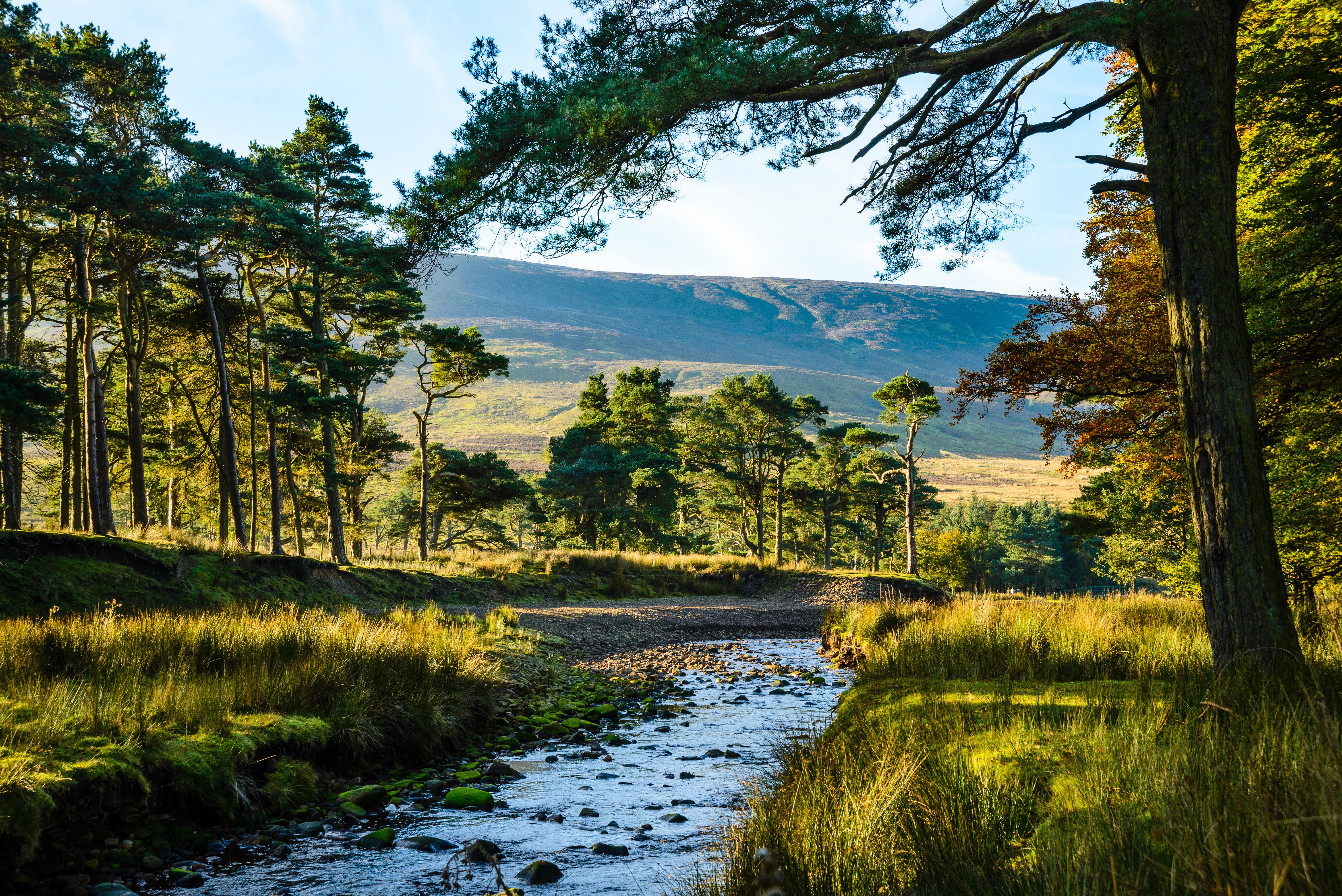
The Forest of Bowland in Lancashire is one of the least visited of England’s protected landscapes, which is just fine by me today. Coming here has brought me thrillingly close to the sight and sound of curlews trilling in the wet meadows and more lapwing, with their curious fluttery flight, than I’ve seen in years. This is a remote and exceptionally beautiful place.
I’m here because the investigation element of the Glover Review into national parks and AONBs, of which I’m part, is drawing to a close. We’ve travelled the length and breadth of England, but to experience some of the most remote, beautiful and Nature-filled open country England has left, you need to come here.
I’m staying at The Inn at Whitewell and can’t recommend it too highly. It dates from the 1300s, when it was lived in by the keepers of the Royal Forest. Since the 18th century, it’s been a coaching inn and its enormous fireplaces, high ceilings and imposing rooms look out onto the River Hodder in its lush, green valley — a perfect base for walking.
As usual, because my days are packed, the best time to walk is soon after dawn. This is actually my favourite time, because although very few people are up, the birds are in full song and dawn often brings the most beautiful light. Today is no exception and, as I walk north from the inn, shafts from the rising sun catch the hilltops to the east, providing a perfect complement to the dawn chorus.
At Burholme Bridge, I leave the road and follow the footpath through Burholme Farm, tiptoeing so as not to wake anyone. I turn up Fielding Clough and, gloriously soon, I’m on the open moor.
Behind me is the famous Trough of Bowland, the pass cutting through the highest fells of the forest, flanked by vast stretches of heather-covered moorland (although, this year, the heather beetle is causing horrible problems).
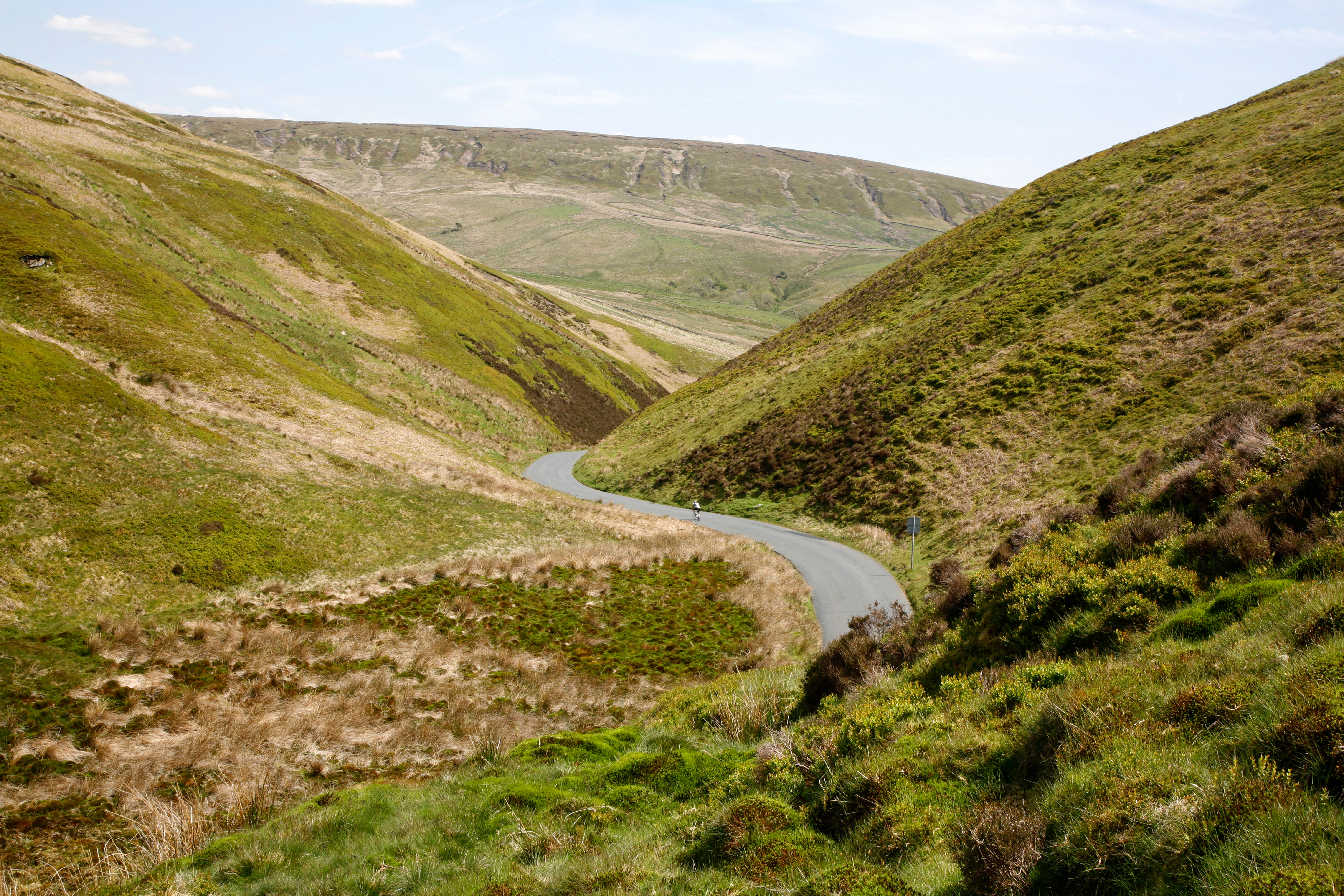
Ahead of me, the Hodder Valley winds eastward, this morning shrouded with pools of mist reflecting the emerging sunlight. To the south is Birkett Fell, where I’m heading.
Exquisite houses, the beauty of Nature, and how to get the most from your life, straight to your inbox.
I descend from the moor to Giddy Bridge, then up by Birkett Brook, wondering whether there’s any link with Lord Birkett, a great champion of national parks. He chaired the Standing Committee that fought so hard to get the legislation passed after the Second World War, as well as being a judge in the Nuremberg trials. He was born in Ulverston and educated at Barrow-in-Furness Grammar School and my place of work, Emmanuel College, Cambridge, and I’d love to think I’m walking in his footsteps.
With Birkett in my thoughts, I’m aware that I’m completely alone in this vast landscape. The paths are not well used and there’s been no phone signal all morning. I’m a confident walker, but I’m not sure I’d like to be up here in a whiteout.
As I cross the line of a Roman road, I feel the immensity of the history of this place and am deeply moved by it. I’m also moved by its future, as, in my two days here, I’ve discovered what an extraordinary place this is. Nature here has hung on and is improving, thanks to the work of farmers and landowners of all shapes and sizes. They’re all supported by the small team that works for the AONB on a shoestring budget and whose passion for partnerships is inspiring.
The sun is fully up by the time I reach Marl Hill and take the long path due west to return to Whitewell. A glorious day beckons: by its end, I will have seen hen harriers, an award-winning hay meadow and the Clarion Club, part of a brilliant partnership based on Pendle Hill, but I’ll never forget the magical experience of my solitary walk.
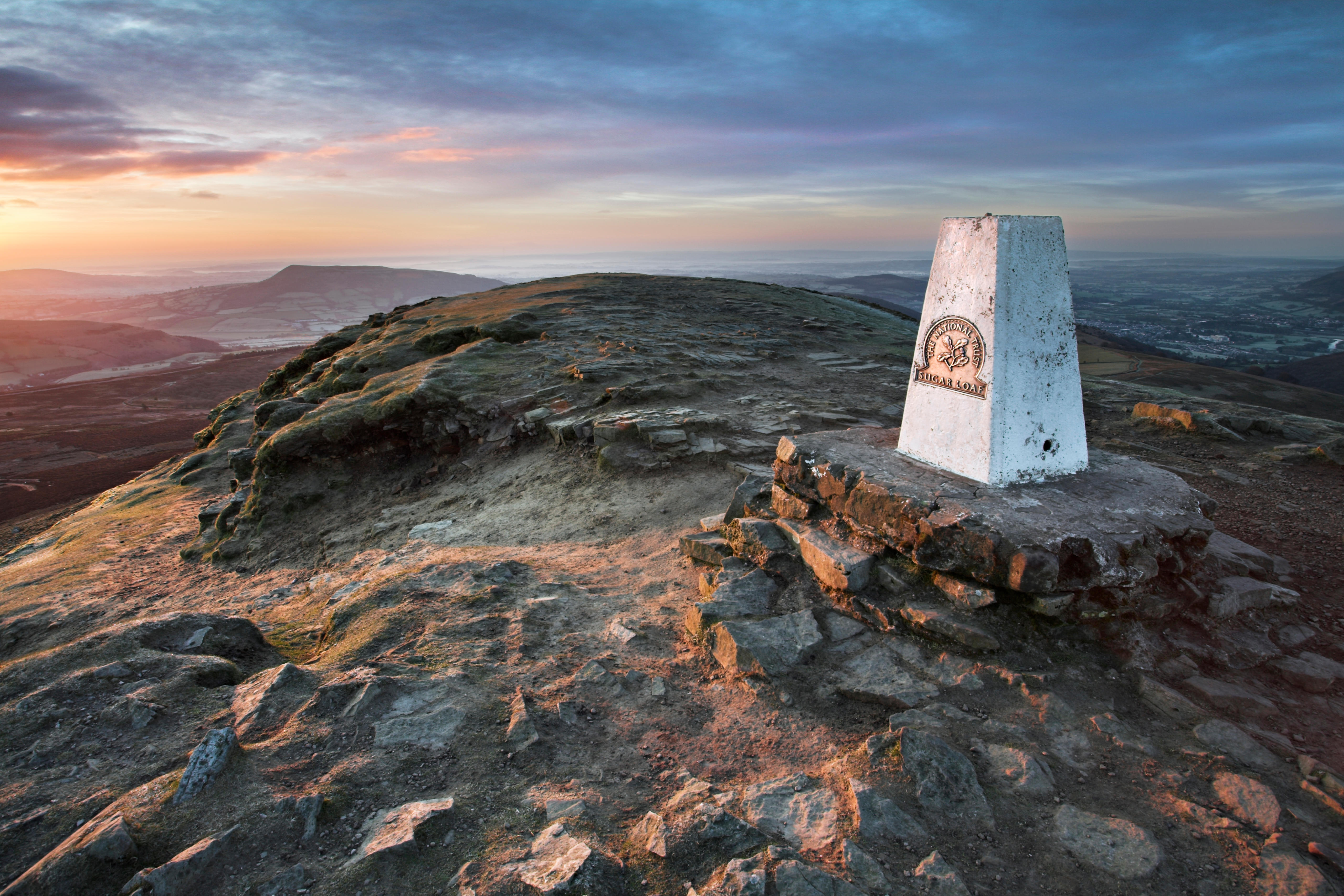
Climbing the Sugar Loaf, the irresistibly perfect mountain in a ‘wild and lovely’ setting
The Sugar Loaf in Wales’s Black Mountains is a satisfying little peak to conquer, as Fiona Reynolds explains.
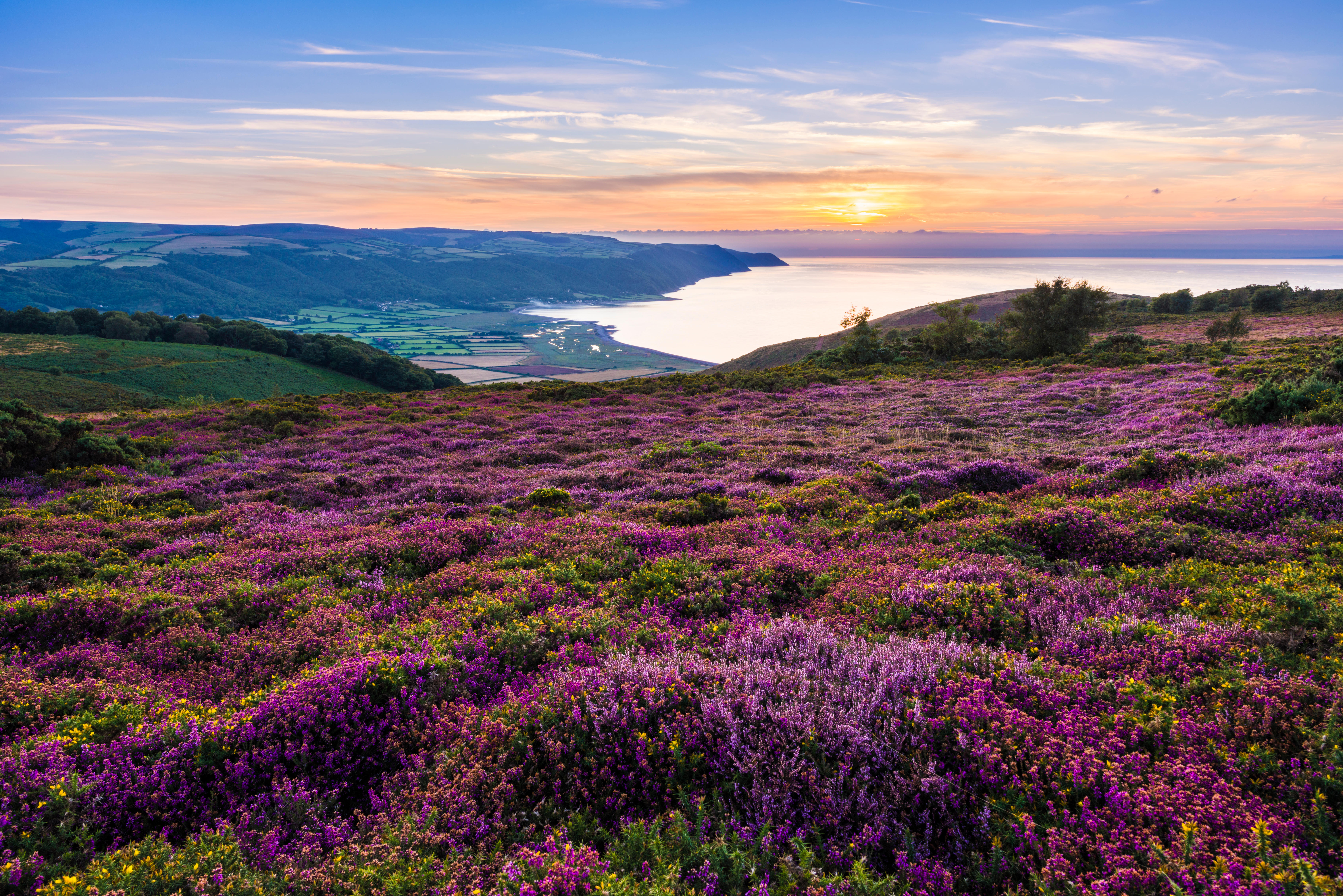
Credit: Alamy
Fiona Reynolds walks in the footsteps of Lorna Doone and finds that there’s still a feeling of wilderness out on
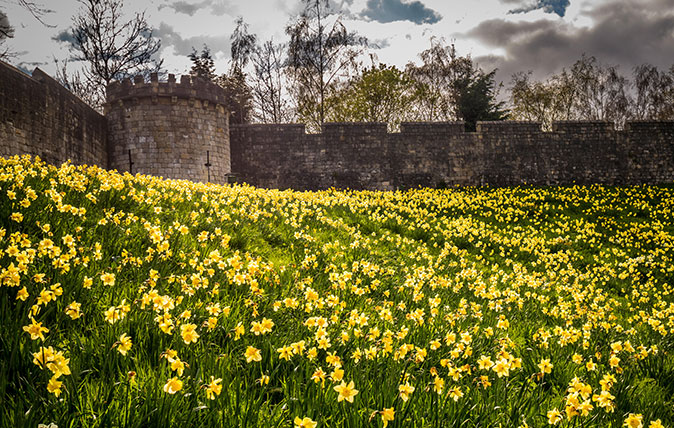
Credit: Alamy
A walk in York: Roman walls, battlements, turrets and the most glorious cathedral façade in Britain
Fiona Reynolds swapped the countryside for the city as she walked York's magnificent city walls.
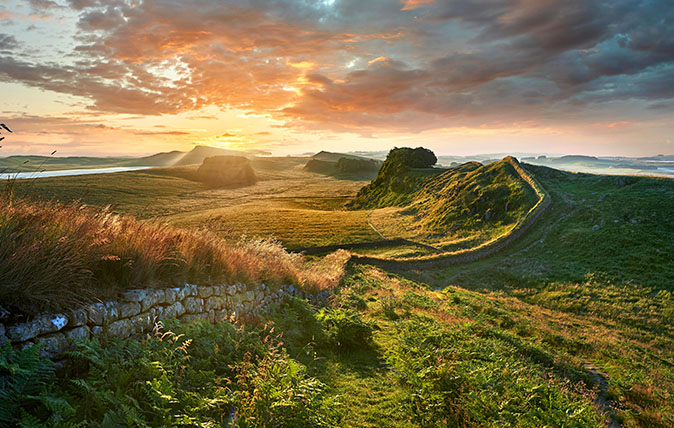
Walking Hadrian's Wall: An epic walk from coast to coast and back in time
One of Britain’s most famous landmarks makes for an epic walk back in time – and it's a journey that
Fiona Reynolds is chair of the Food, Farming and Countryside Commission, the former director-general of the National Trust, former Master of Emmanuel College, Cambridge, and the author of The Fight for Beauty. Follow her on Twitter @fionacreynolds.
